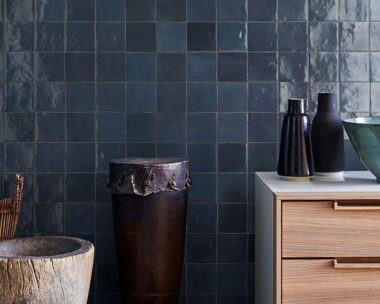I was obviously struggling for resolutions at the New Year, because the only item on my list was “learn something new”.
To be honest, that’s been the only resolution on my list since the year dot. The great thing about it is that I always keep it, by dint of the fact that’s it’s quite difficult to get through a whole year of life without learning something new, whether you intend to or not.
This year I’m learning floral design. My flower arranging skills are legendary. In student flatting days I was known for sticking a single arum lily in a milk bottle and sitting it on the wooden floor of my bedroom beside my futon.
Pure art, no question. Sadly, I haven’t progressed much beyond that and, anyway, my garden is only now yielding the sort of flowers that can be arranged. So now I find myself developing an interest in floral design.
Floral design is commonly described as the art of using plant materials and flowers to create a pleasing composition. Apparently there’s evidence of refined floristry as far back as ancient Egypt, so I’m a bit late getting started.
Fortunately, there are many styles of floral design, so you’re not stuck with the sort of arrangements that remind you of maiden aunts in twin sets and pearls, cramming masses of flowers into ornate vases. Ikebana, a Japanese or eastern-style of floral design, is best known for its simplicity of line and form.
By contrast, European style emphasises colour and a variety of botanical materials in mass gatherings. Western design historically is characterised by symmetrical, asymmetrical, horizontal and vertical styles of arrangements.
The English-garden style is a traditional form, which features abundant use of seasonal flowers and foliage placed in a radial fashion. These designs are often done as low, tufted mounds or taller vase arrangements that are multidimensional and incorporate garden flowers, such as peonies delphiniums and roses.
On the other hand, high-style arrangements are contemporary, linear designs, that highlight the unique forms of individual floral materials and of the designs themselves.
The arrangements generally feature negative space and incorporate the asymmetric placement of materials. They use dramatic flowers, such as anthuriums, proteas and birds of paradise.
In most styles, the elements are line, form, space, texture and colour. The principles are balance, proportion, rhythm, contrast, harmony and unity.
What I have discovered in my first few forays into the floral art world is that if I get at least some of these things right, I’m inclined to like what I’ve done. If I think it’s awful, it’s always because some of the elements are missing.
The best thing about it is that once you’ve learned a few techniques and developed some ideas, you look at your garden in a whole new light.
The dead branches, seed pods, lichen and dry palm fronds are no longer fuel for the bonfire, but treasured elements of your next design.
Arranging roses:
Instead of just jamming those flowers in an old vase and hoping for the best, try following these fairly simple steps for a more elegant look.
- Select a dozen roses, some greenery, a vase and a grid if you have one.
- Snip about ½ an inch off the bottom of each stem, cutting at an angle. Use a very sharp knife, rather than scissors or pruning shears.
- Fill the vase ¾ full with tepid water. The warmer the water, the faster the roses will open. You can use an additive designed for cut flowers to improve longevity.
- Arrange the greenery by holding one tall piece in your hand and adding more around the outside, building a handheld look. Trim off the bottoms. The foliage should rest on the edge of the vase.
- If the arrangement is too loose, add extra pieces.
- Pick your tallest, straightest, most closed rose for the first placement. It should be at least twice as tall as the vase. This will set the height and width of the arrangement. Submerge the stem in tepid water and then snip, again at an angle, to bring the rose to the perfect height. Place it in the centre hole of your grid.
- Select the next five roses based on tightness of the head, height and straightness of the stem. Remove any large thorns.
- Hold the roses against the vase until the tops of their heads reach the bottom of the head of the first rose. Snip all five to the same length, at an angle, so they will stand at the measured height. Position them facing towards the centre rose, spaced equally.
- Measure the remaining flowers so they’re about 12cm shorter than the tallest rose and cut. Position them among the previous five, facing towards the bottom of the vase, so the blooms will be seen from every angle around the vase once the arrangement is complete.
- Choose the prettiest and fullest rose for the centre-front position. Cut it a little shorter so it is the lowest rose in the vase.
- Fill in the holes with filler flowers, but don’t cram the vase – you need empty space in there too.
- Stand back and view the arrangement at the level it will be placed. Check for gaps and evenly distributed colour.




